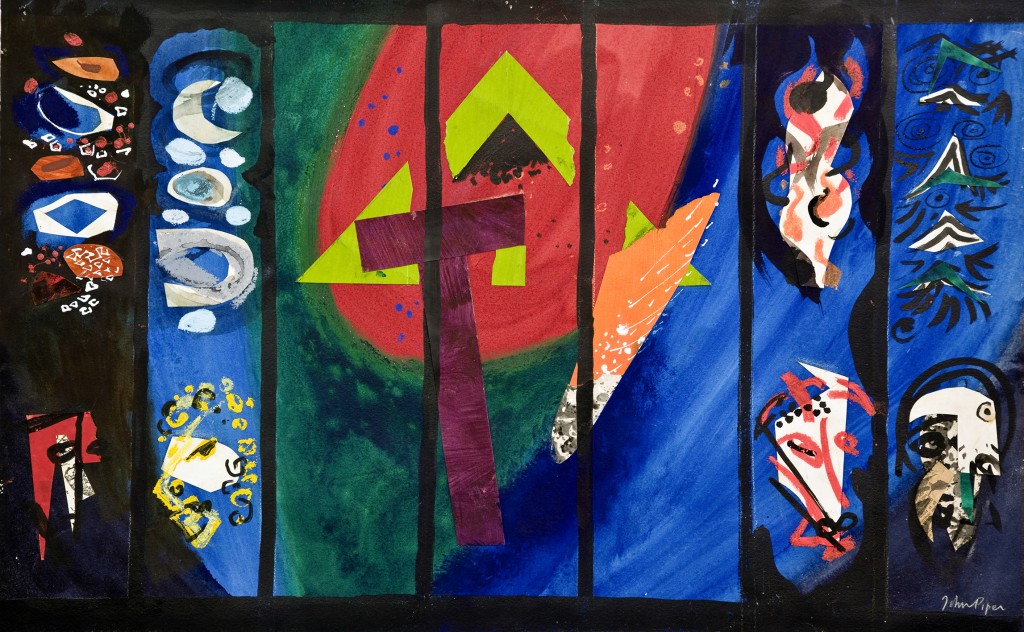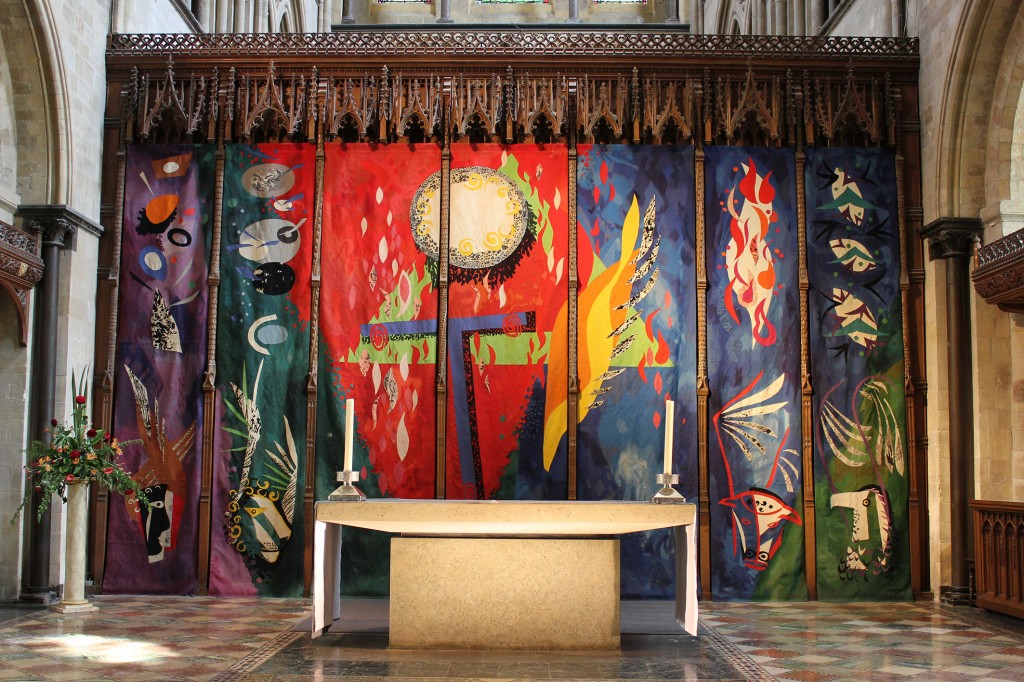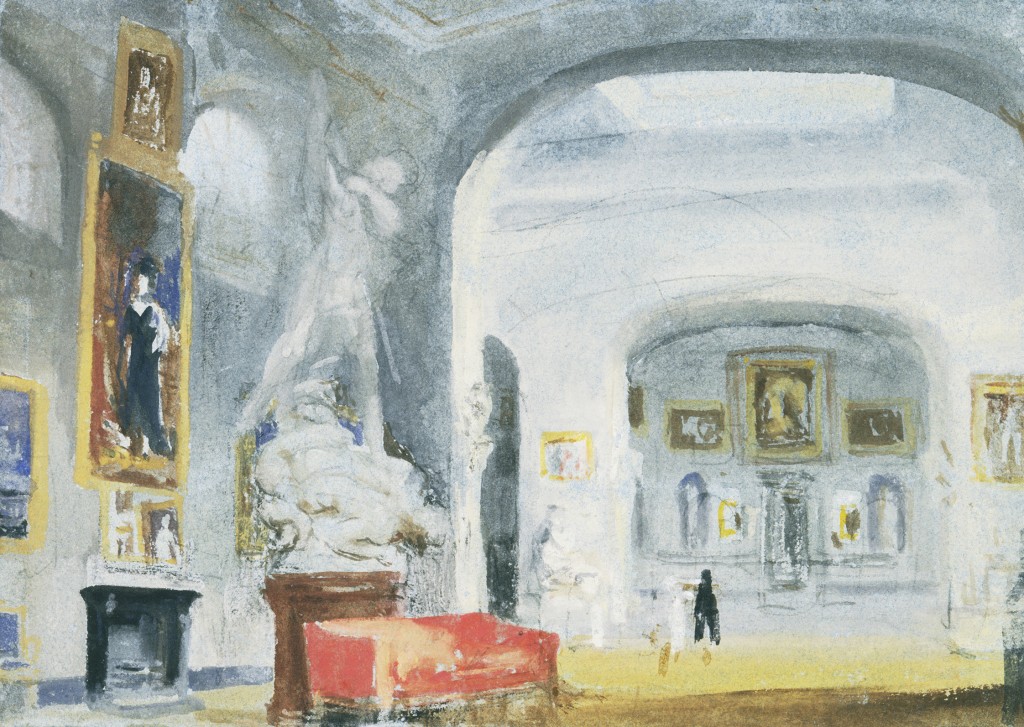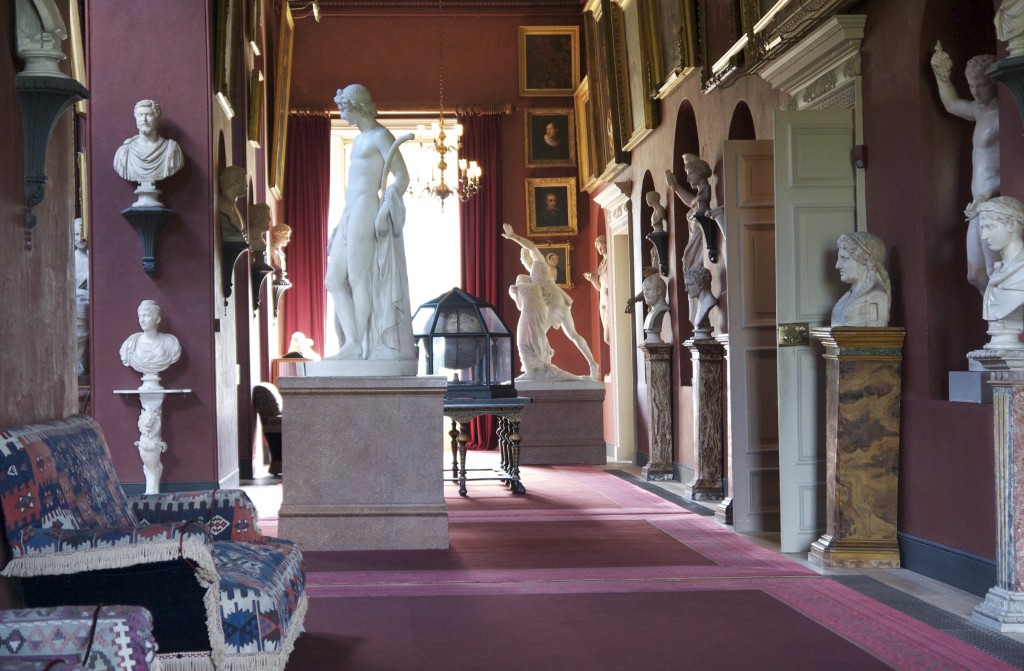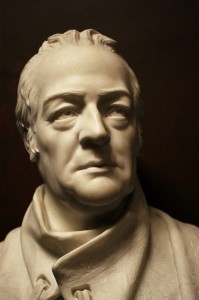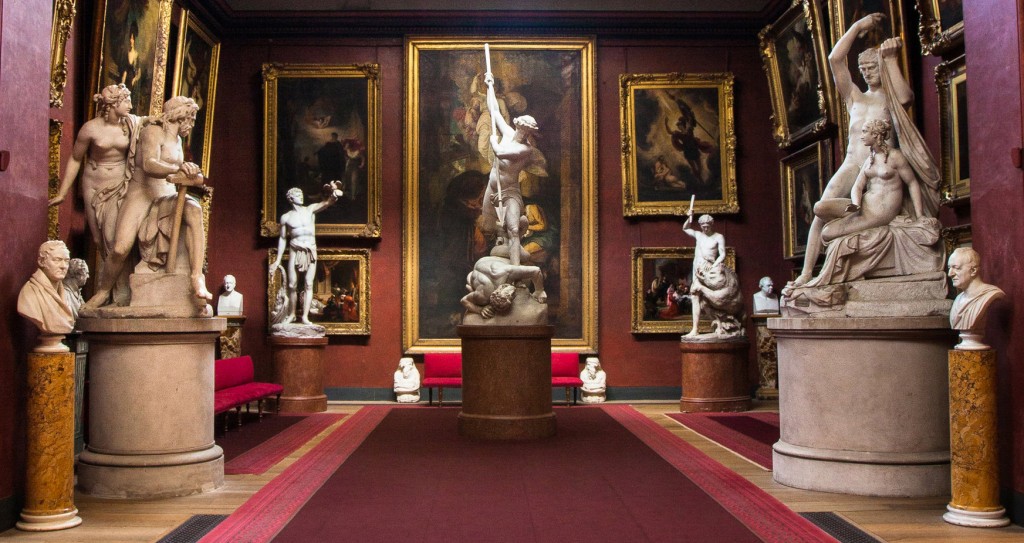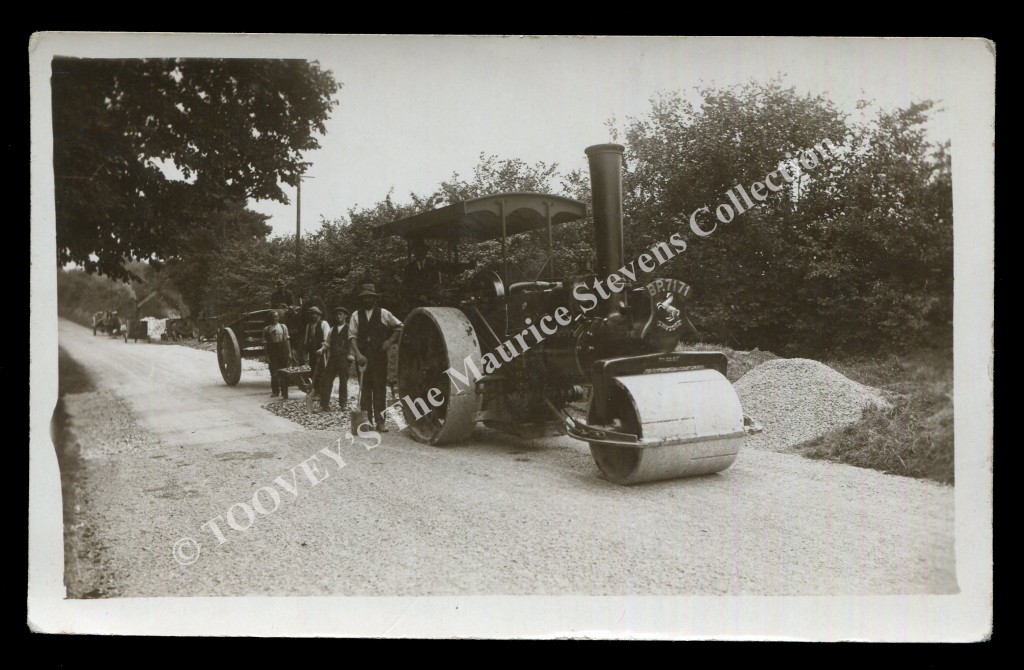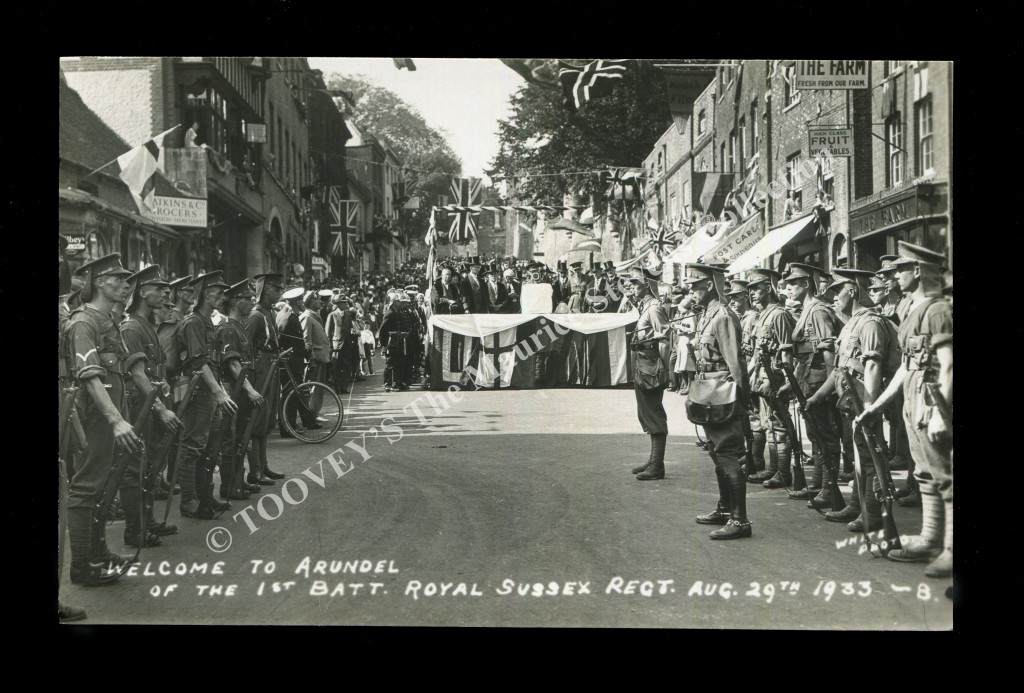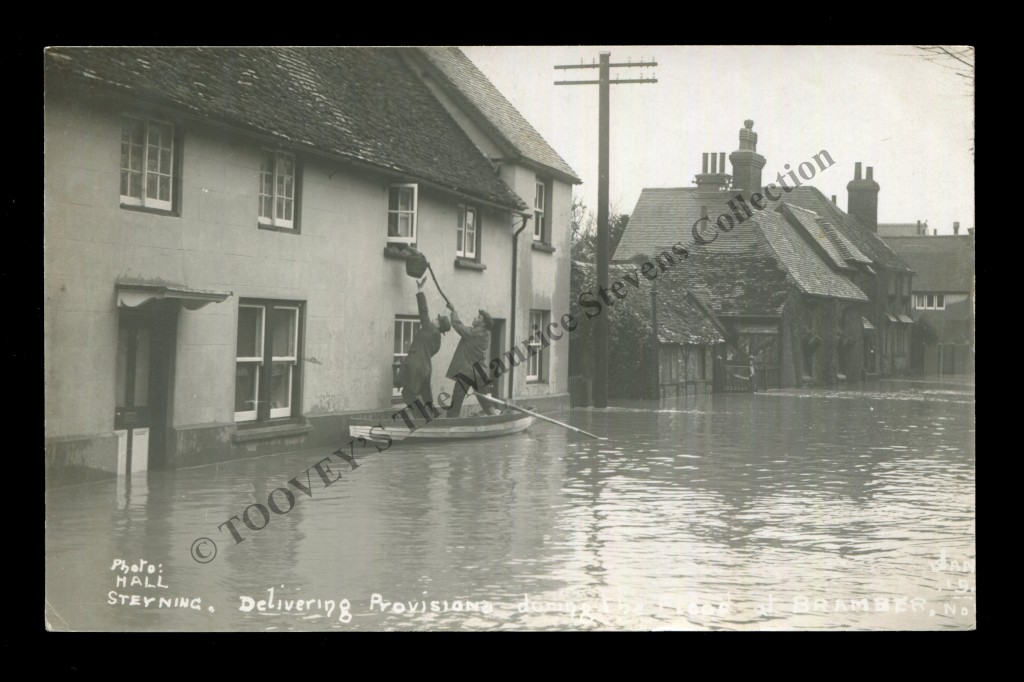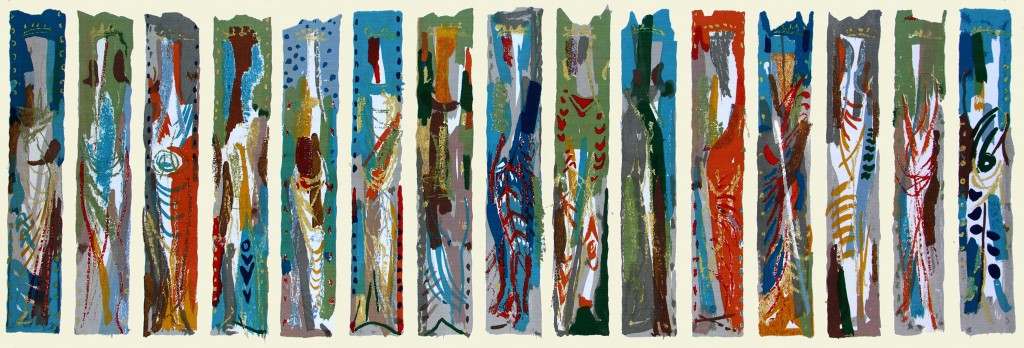
This week I am returning to Pallant House Gallery’s latest exhibition ‘John Piper: The Fabric of Modernism’ which runs until 12th June 2016.
This insightful and visually stunning exhibition has been curated by Pallant House Gallery Director, Simon Martin. It explores John Piper’s important relationship with both the church and industry. It is the first major exhibition to explore John Piper’s textile designs.
John Piper had a long standing interest in textile design. He had taken part in the 1941 exhibition ‘Designs for Textiles by Twelve Fine Artists’ which formed part of the wartime export drive. It was the first of a series of influential shows organised by the Cotton Board. Other participating artists included Vanessa Bell, Duncan Grant, Paul Nash, Eric Ravilious and Graham Sutherland, all of whom worked in Sussex.
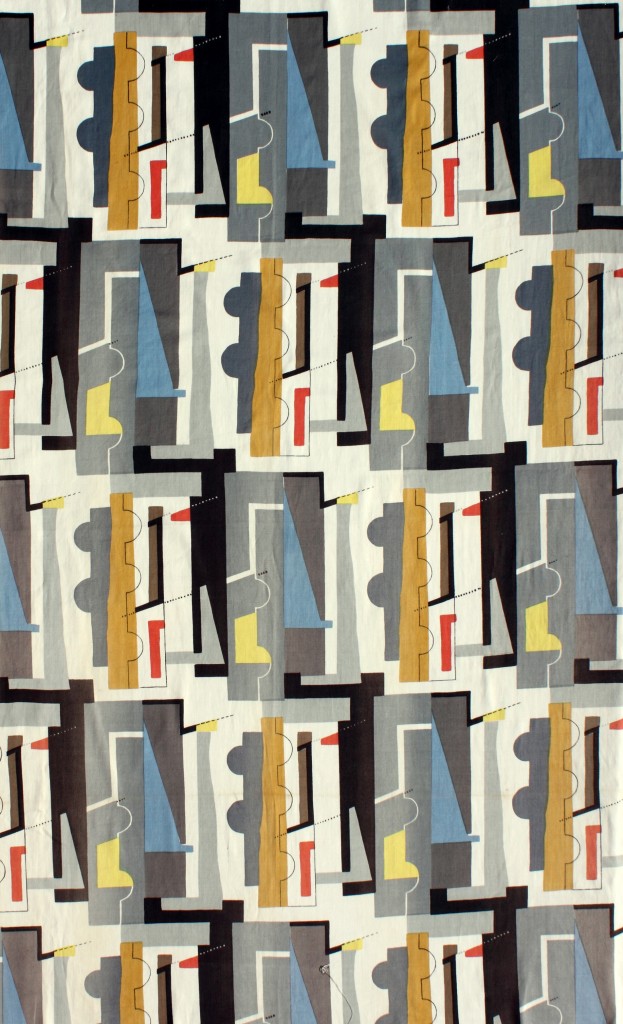
This generation of British artists restored the Renaissance tradition of the artisan artist.
The Pallant House Gallery exhibition highlights the idea of ‘painterly textiles’ during the period of post-war austerity. Art and design formed part of the re-articulation of hope and national identity after the experience of two world wars and in the face of enormous political, social and religious change. It fell to artists and their patrons to give voice to this new national consciousness. This was reflected in John Piper’s commercial designs as much as in his art and ecclesiastical schemes for tapestries, vestments and windows.
David Whitehead Ltd produced fabric designs by John Piper. They unite the recurring themes in Piper’s work which include the abstract, religious imagery and historic architecture.
The design ‘Abstract’ from 1955 was based upon an oil painting by John Piper which he produced in 1935. The rhythm and tones of Piper’s original oil painting lend themselves to the repeated nature of fabric design and still seem modern today. During numerous trips to Paris in the 1930s Piper had been exposed to the cubist work of Pablo Picasso and others. Together with his friends and fellow artists, Ben Nicholson and Henry Moore, Piper was a leading member of the Seven & Five Society which was formed to promote the cause of abstraction and modernism in Britain.
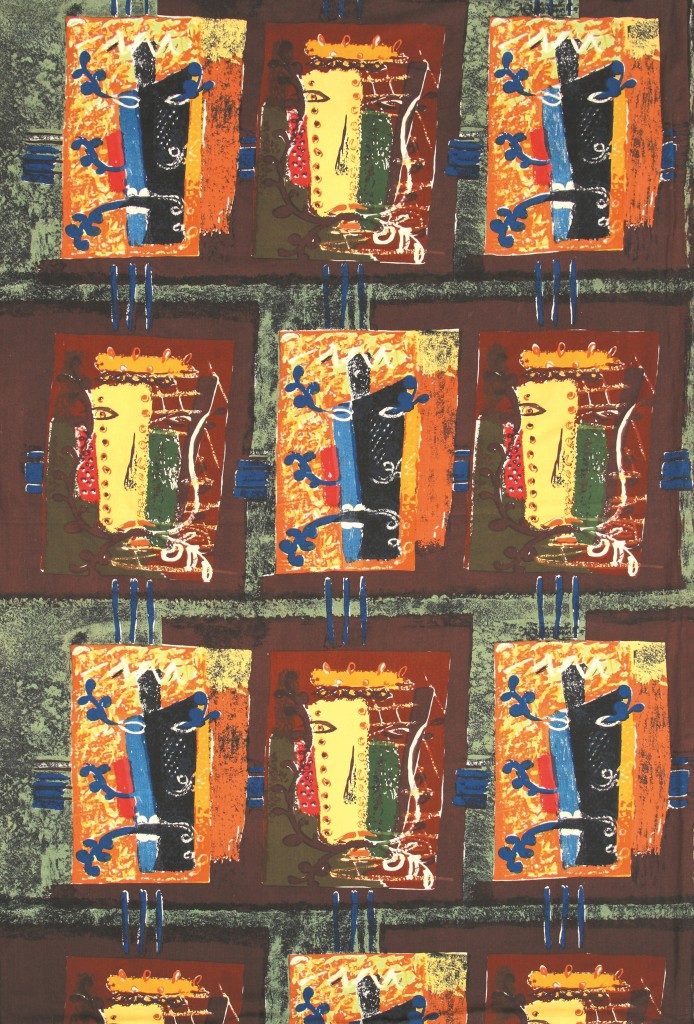
The design ‘Foliate Heads’, produced by David Whitehead Ltd in 1954, with its crowned faces, was inspired by the carved foliate masks which can be found decorating medieval bosses and miserichords in churches across England. The foliate mask is a repeated theme in Piper’s work which he would return to later in his life.
John Piper also produced textile designs for Arthur Sanderson & Sons Ltd. Amongst these was the fabric ‘Arundel’ which was issued in 1960. The design is composed of fifteen brightly coloured vignette panels each with an abstracted figure. Part of the inspiration for this design undoubtedly comes from the tomb of the 5th Earl of Arundel in the Fitzalan Chapel of Arundel Castle and the Arundel Tomb in Chichester Cathedral. But the luminosity of the colours and the composition is reminiscent of the stained glass windows which Piper designed, in the early 1950s, for the chapel of Oundle School in Northamptonshire.
Through John Piper’s fabrics this intelligent exhibition illustrates how the artist reworked his ideas, themes and interests in various media, making modernism accessible to a far broader audience. This exciting exhibition continues that work revealing John Piper’s brilliance when working with textiles.
The superb exhibition catalogue, published by Pallant House Gallery and written by Simon Martin, is available at the Pallant House Bookshop and costs just £14.95.
I am delighted that Toovey’s Fine Art Auctioneers are sponsoring ‘John Piper: The Fabric of Modernism’ at Pallant House Gallery, 9 North Pallant, Chichester, PO19 1TJ. This perceptive and striking exhibition runs until 12th June 2016. For more information on current exhibitions, events and opening times go to www.pallant.org.uk or telephone 01243 774557.
By Rupert Toovey, a senior director of Toovey’s, the leading fine art auction house in West Sussex, based on the A24 at Washington. Originally published in the West Sussex Gazette.

